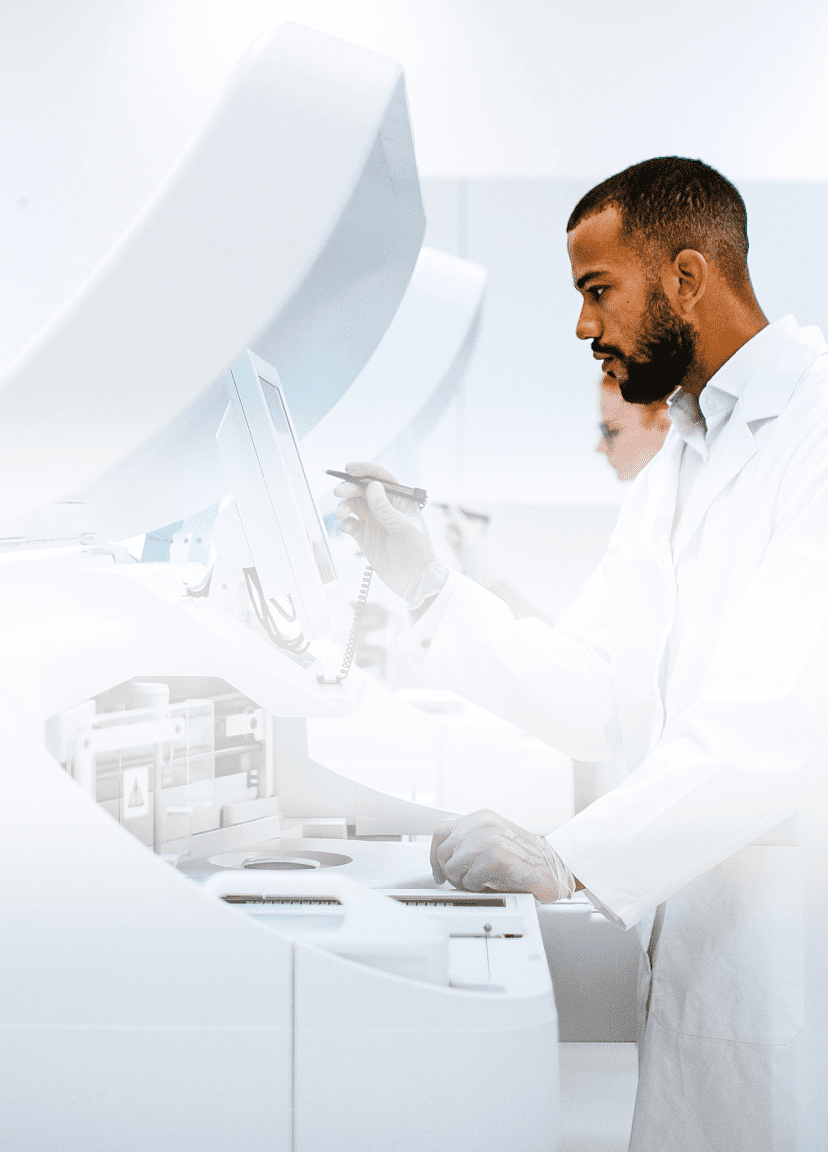

How automated labs can improve information gathering
With collating data never more important, automation offers a unique opportunity to refine lab data collection processes and improve system capabilities
During the pandemic, politicians, scientists and policymakers have eagerly awaited the release of new data, like coronavirus cases, hospitalisations, or vaccination uptake statistics, to inform the government’s response to the pandemic. This period has demonstrated not only our reliance on data but its value.
Scientific research has never been informed by the analysis of such a large, and wide variety, of data. This has been driven, in part, by humanity’s propensity to continually increase our data collection and storage capabilities. It is clear too that effective information gathering and processing are the keys to success in the laboratory. Those making ground-breaking discoveries are often, put bluntly, those using the cleanest, best-annotated data.
What are some of the current issues with information gathering in non-automated labs?
This fundamental area often proves problematic for researchers. Above all, in conventional laboratories, manual data collection is too often the norm, which is a draining and time-consuming process. Mundane tasks of this sort are estimated to take up 90 minutes of a scientist’s time each week, a figure that in an analytical lab skyrockets to 80% of all time available. Inputting results manually can also lead to human error and the recording of incorrect data, the consequences of which are sometimes only discovered when it’s far too late to fix.
In addition, the transfer of data is often highly inefficient, with the use of manual curation at one end and manual extraction at the other offering ample opportunity for transcription errors. It’s also time-consuming in its own right. The fact that many laboratories continue to rely on USB sticks for data transfer only exacerbates this issue, and is ultimately representative of a previous era of data management.
That’s not to mention the time requirements involved in transcribing gathered data across different sites, navigating different computer systems, software to collate in central databases and spreadsheets. If implemented poorly, these processes can also cause complications. For example, it was reported that, in October 2020, nearly 16,000 coronavirus cases went unreported in England due to a failure in the automatic process to combine Excel spreadsheets. When testing results are inputted manually, human error can lead to incorrect data, the consequences of which are sometimes only discovered when it’s far too late to fix.
Furthermore, as artificial intelligence and machine learning models become an embedded part of laboratory practice, manually-generated data errors are causing a crisis in reproducibility.
What are the benefits of information gathering in an automated lab?
In this context, the benefits of automated lab information gathering are clear. One needs to only consider the hugely laborious process of cell counting. In our tech-driven world, the practice of literally counting each cell under a microscope is unnecessarily time-consuming to say the least, and can accelerate staff burnout through excessive eye strain. By contrast, an automated cell counting assay can lead to rapid, accurate reproducible results and improved workflow efficiency plus give staff walk-away time which they could spend on far more worthwhile activities.
This is equally true for automated enzyme assays, which, when combined with the use of a design of experiments (DoE) approach, significantly reduces the arduous nature of the task. Using a DoE approach reduces the time required for enzyme assay optimisation from twelve weeks to three days, whilst implementing fully automated enzyme assay analysis increases the number of results per hour from just two, to up to 350 (according to one manufacturer). All of this is achieved whilst ensuring greater accuracy and reproducibility of experiments.
To give another example of clinical lab automation in practice, nucleic acid tests – currently at the top of the news agenda given their use for COVID-19 testing – would see significant benefits as a result of automation. Given the sheer weight of testing demands posed by the pandemic – which saw daily PCR tests reach almost 700,000 earlier this month – the benefits of automated nucleic acid tests are all the more pertinent, with the comparative speed of processing and gathering information absolutely imperative for laboratories fulfilling COVID-critical functions and delivering accurate results swiftly.
These experiment-focused benefits are incredibly useful, but more important still is the wider picture into which they feed. The increased capacity afforded by automation would allow organisations to scale up their work, helping to generate a greater impact footprint and potentially bringing expansive commercial benefits.
Lab automation can automatically input data into reports, reducing the number of errors in manual reporting, and improving the reliability of data – that’s before the time savings are even considered.
On the human side too, clinical lab automation would help relieve overworked staff and free up their time for more worthwhile and creative activities. The follow-on benefits offered by this greater freedom for innovation are impossible to quantify, but the restrictions of mundane data processing and collecting tasks would disappear for good.
What do lab managers think about automation in labs?
Recent polling of lab managers conducted by Automata confirms many of these points, both in regard to the practical benefits and to the organisational and human advantages.
With regard to experiments, human error and replication of results are considered by lab managers to be major issues, with many reporting them as impacting the sector (65% and 48%, respectively), whilst many see automation as a potential solution (85% and 68% respectively).
On the organisational side, 90% of respondents agreed that automation would offer opportunities to scale up their work, and on the human side, 4 in 5 felt that automation would relieve the pressure to meet targets, and 2 in 5 felt that it would actively improve lab morale.
This all indicates that automated information gathering and processing would provide significant benefits for laboratories across a range of experimental functions, with the examples of cell counting assays, enzyme assays, and nucleic acid testing representing a small sample of potential applications. These in turn would offer a raft of benefits to laboratory employees and to the organisations themselves.
Automata’s lab workflow automation solution, Automata Labs, offers this and more to laboratories which want to enhance their processes and unlock the potential of their staff. In the clinical lab, workflow automation normally encompasses both lab automation hardware and software to form an integrated system that charts the end-to-end progress of a sample. What’s more, Automata Labs offers a single source of truth – with total workflow automation controlled by a single data interface.
Learn more about Automata Labs

Discover the frequent mistakes made during manual ELISA assays and how automation…
Read more Common errors in manual ELISA assays and how automation can help
How can lab automation help ensure that the data we generate now…
Read more Data and reproducibility: creating a single source of truth for your lab
Discover more about laboratory information management systems in our LIMS Wikipedia and…
Read more What is a LIMS (Laboratory Information Management System)?